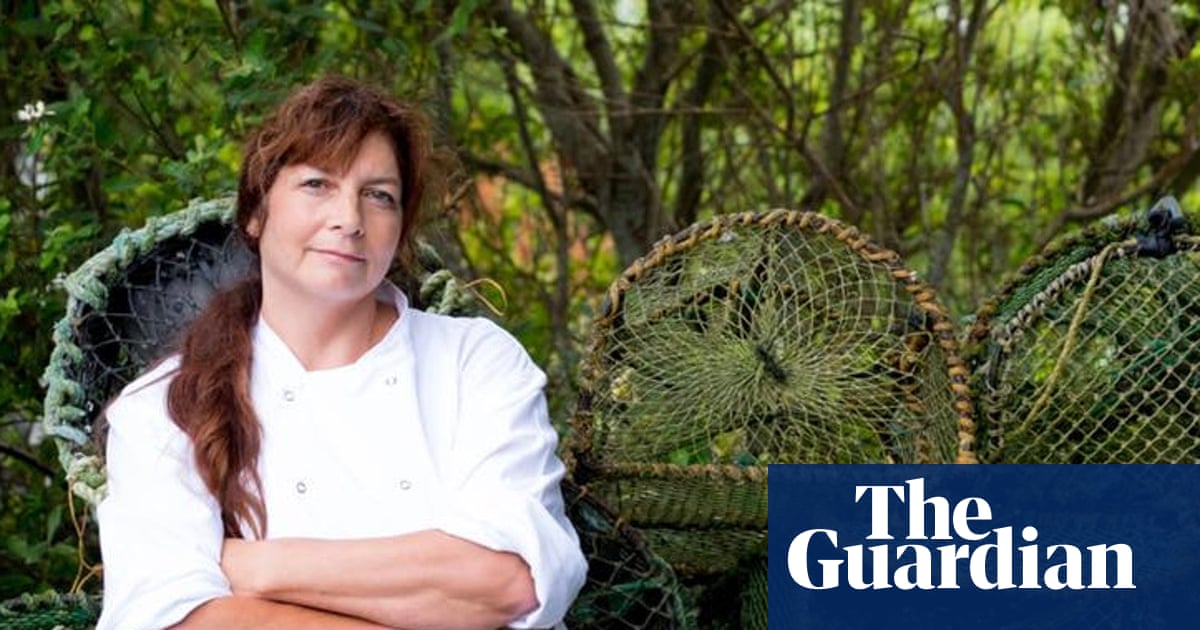
"Edible means it won't kill you it doesn't mean it tastes good. This, however, does taste good, says chef Carla Lamont as she snips off a piece of orpine, a native sedum, in her herb garden. It's crisp and juicy like a granny smith but tastes more like cucumber. It's said to ward off strange people and lightning strikes; but I like strange people."
"Sweet cicely can be swapped for star anise, she tells me. Lemon verbena she uses in scallop ceviche. Mull map She points out a barberry bush whose small, sour berries, a Middle Eastern staple, she adds to jewelled rice, and a myrtle bush which, I learn, is different from the bog myrtle growing wild on the croft that, when the leaves are crushed, smells gloriously aromatic with hints of eucalyptus."
Carla Lamont cultivates a kitchen garden on a three-hectare coastal croft on the Isle of Mull and uses native herbs and plants in her cooking. Orpine tastes crisp and cucumber-like, sweet cicely substitutes for star anise, and lemon verbena flavors scallop ceviche. She uses barberries in jewelled rice and distinguishes myrtle from bog myrtle, whose crushed leaves smell aromatic with eucalyptus. Bog myrtle protects woollens from moths, wards off midges, and features in a cocktail. Carla and her husband Jonny exemplify a new wave of crofter chefs blending small-scale subsistence farming with culinary innovation.
Read at www.theguardian.com
Unable to calculate read time
Collection
[
|
...
]